Art museums serve as sanctuaries for creativity, offering a space where the imagination can flourish and diverse forms of expression can be appreciated. These institutions house a vast array of artworks, ranging from classical masterpieces to contemporary installations, each telling a unique story about the human experience. The Louvre in Paris, for instance, is not only home to the iconic Mona Lisa but also boasts an extensive collection that spans thousands of years and various cultures.
Visitors can wander through its halls, absorbing the beauty of ancient sculptures, Renaissance paintings, and modern art, all while reflecting on the evolution of artistic expression. The role of art museums extends beyond mere exhibition; they are also centers for education and community engagement. Many art museums offer workshops, lectures, and guided tours that encourage visitors to delve deeper into the world of art.
Through these initiatives, art museums foster a greater appreciation for creativity and inspire individuals to explore their own artistic potential. The interactive nature of many exhibits allows visitors to engage with art on a personal level, transforming passive observation into active participation.
Key Takeaways
- Art museums provide a space for exploring creativity and expression through various forms of visual art, from paintings to sculptures.
- Science museums offer a glimpse into the wonders of the universe, showcasing interactive exhibits and educational programs on topics like astronomy, physics, and biology.
- History museums play a crucial role in preserving the past for future generations, with exhibits that highlight significant events, people, and cultures from different time periods.
- Natural history museums celebrate the diversity of life on Earth, featuring exhibits on evolution, ecosystems, and the natural world’s beauty and complexity.
- Technology museums showcase the evolution of innovation, from early inventions to modern advancements, offering a look at how technology has shaped our world.
- Specialty museums, from fashion to music, provide a unique opportunity to explore specific collections and delve into niche interests and cultural phenomena.
Science Museums: Uncovering the Wonders of the Universe
Science museums are gateways to understanding the complexities of the universe, offering visitors a chance to explore scientific principles through hands-on exhibits and interactive displays. These institutions demystify the wonders of science, making it accessible to people of all ages. The California Science Center in Los Angeles, for example, features a range of exhibits that cover topics from space exploration to human biology.
The center’s Space Shuttle Endeavour exhibit allows visitors to get up close and personal with one of NASA’s most significant achievements, fostering a sense of wonder about the possibilities of human ingenuity. In addition to showcasing scientific advancements, science museums often emphasize the importance of scientific literacy in today’s world. They provide educational programs that encourage critical thinking and inquiry-based learning.
The Exploratorium in San Francisco is renowned for its hands-on approach to science education, where visitors can engage with over 600 interactive exhibits that challenge their understanding of physics, biology, and environmental science. By promoting curiosity and experimentation, science museums play a crucial role in inspiring the next generation of scientists and innovators.
History Museums: Preserving the Past for Future Generations
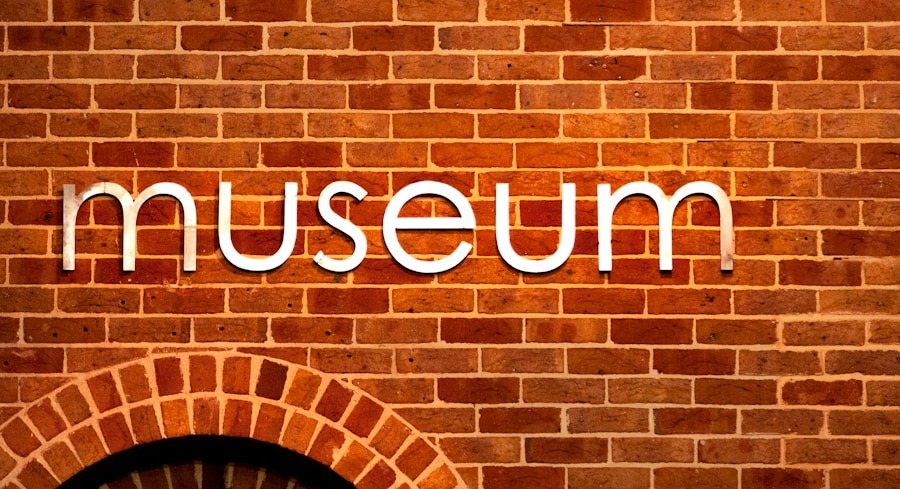
History museums serve as custodians of our collective memory, preserving artifacts and narratives that shape our understanding of the past. These institutions provide invaluable insights into different cultures, societies, and historical events, allowing visitors to connect with their heritage and learn from previous generations. The Smithsonian National Museum of American History in Washington, D.C., for instance, showcases a vast array of artifacts that tell the story of America’s journey from its founding to the present day.
From the original Star-Spangled Banner to iconic objects like Dorothy’s ruby slippers from “The Wizard of Oz,” each exhibit offers a glimpse into the cultural fabric of the nation. Moreover, history museums often engage in active research and scholarship, contributing to our understanding of historical narratives. They host temporary exhibitions that highlight specific themes or events, such as the impact of the Civil Rights Movement or the experiences of immigrant communities.
By collaborating with historians and scholars, these institutions ensure that their exhibits are not only informative but also reflective of diverse perspectives. This commitment to inclusivity enriches the visitor experience and fosters a deeper appreciation for the complexities of history.
Natural History Museums: Celebrating the Diversity of Life on Earth
Natural history museums are dedicated to exploring the rich tapestry of life on Earth, showcasing the diversity of species and ecosystems that inhabit our planet. These institutions often feature extensive collections of fossils, minerals, and biological specimens that illustrate the evolution of life over millions of years. The American Museum of Natural History in New York City is renowned for its impressive dinosaur fossil exhibits and its immersive dioramas that transport visitors to different habitats around the globe.
Each display serves as a reminder of the intricate connections between species and their environments.
Many institutions engage in research initiatives aimed at understanding ecological challenges such as climate change and habitat loss.
The Field Museum in Chicago is actively involved in conservation projects that protect endangered species and preserve fragile ecosystems. Through educational programs and community outreach, natural history museums inspire visitors to appreciate the natural world and take action to protect it for future generations.
Technology Museums: Showcasing the Evolution of Innovation
Technology museums celebrate human ingenuity by chronicling the evolution of innovation across various fields. These institutions highlight the inventions and advancements that have shaped modern society, from early mechanical devices to cutting-edge digital technologies. The Computer History Museum in Mountain View, California, offers an extensive collection that traces the development of computing technology from its inception to the present day.
Visitors can explore exhibits featuring early computers, software innovations, and even interactive displays that allow them to experience the evolution of technology firsthand. Beyond showcasing historical artifacts, technology museums often emphasize the impact of innovation on everyday life. They provide insights into how technological advancements have transformed industries such as communication, transportation, and healthcare.
The Tech Interactive in San Jose encourages visitors to engage with technology through hands-on exhibits that explore robotics, virtual reality, and biotechnology. By fostering an understanding of how technology shapes our world, these museums inspire curiosity and creativity in future innovators.
Specialty Museums: From Fashion to Music, Exploring Unique Collections
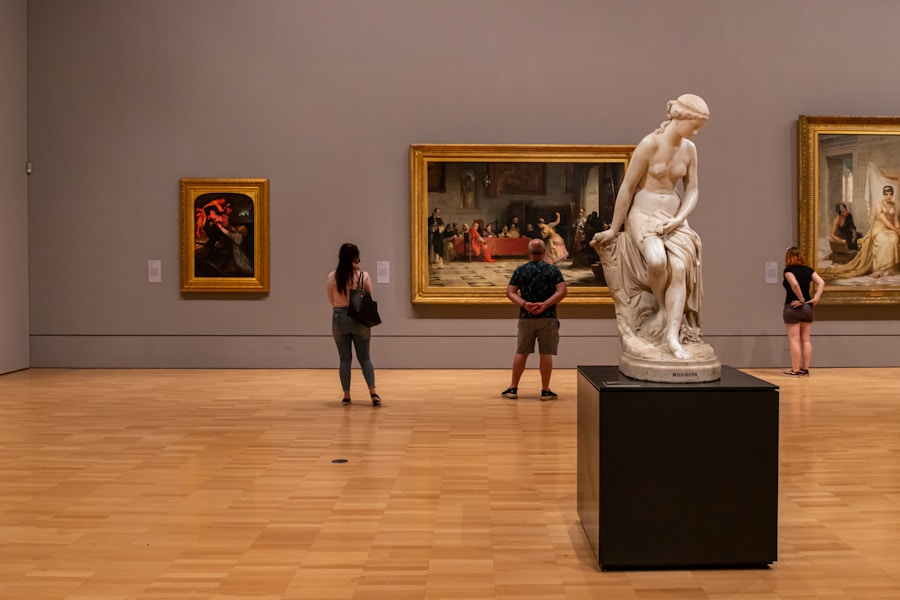
Fashion and Design
The Museum at the Fashion Institute of Technology (MFIT) in New York City is dedicated to fashion history and design, showcasing garments and accessories from various eras. Through rotating exhibitions that highlight influential designers or specific trends, MFIT provides insight into how fashion reflects societal changes and personal expression.
Music and Heritage
Music museums capture the essence of musical heritage by preserving artifacts related to iconic musicians and genres. The Country Music Hall of Fame and Museum in Nashville celebrates the rich history of country music through exhibits featuring memorabilia from legendary artists like Johnny Cash and Dolly Parton. Visitors can explore interactive displays that delve into the evolution of country music while enjoying live performances that bring the genre to life.
Promoting Cultural Appreciation
Specialty museums not only preserve cultural legacies but also foster appreciation for niche interests that resonate with diverse audiences. In conclusion, art museums inspire creativity; science museums unveil scientific wonders; history museums preserve our past; natural history museums celebrate biodiversity; technology museums showcase innovation; and specialty museums explore unique collections. Each type contributes significantly to our understanding of culture, science, history, nature, technology, and specialized interests, enriching our lives through knowledge and inspiration.
If you are interested in exploring the concept of individual society, community, association, and institution, as well as theories of their relationship, you may find the article on The Nature and Scope of Social Philosophy to be a fascinating read. This article delves into the complexities of social structures and functions, providing valuable insights into the dynamics of human interaction and societal organization. It offers a thought-provoking perspective that complements the study of different types of museums, such as art and science museums, by examining the underlying principles that shape our understanding of culture, socialization, and social change.
FAQs
What are the different types of museums?
There are several different types of museums, including art museums, science museums, history museums, natural history museums, children’s museums, and specialty museums such as maritime museums, aviation museums, and more.
What is an art museum?
An art museum is a type of museum that focuses on the collection, preservation, and exhibition of works of art. This can include paintings, sculptures, drawings, prints, and decorative arts.
What is a science museum?
A science museum is a type of museum that focuses on the exploration and exhibition of scientific and technological advancements. This can include interactive exhibits, hands-on activities, and educational programs related to various scientific disciplines.
What is a history museum?
A history museum is a type of museum that focuses on the collection, preservation, and exhibition of artifacts and documents related to historical events, people, and cultures. This can include archaeological artifacts, historical documents, and cultural objects.
What is a natural history museum?
A natural history museum is a type of museum that focuses on the collection, preservation, and exhibition of specimens and artifacts related to the natural world, including plants, animals, fossils, and geological formations.
What is a children’s museum?
A children’s museum is a type of museum specifically designed to engage and educate children through interactive exhibits, hands-on activities, and educational programs focused on art, science, history, and culture.
What are specialty museums?
Specialty museums are museums that focus on a specific theme or subject, such as maritime museums, aviation museums, automotive museums, sports museums, and more. These museums often showcase collections related to their specific theme or subject.










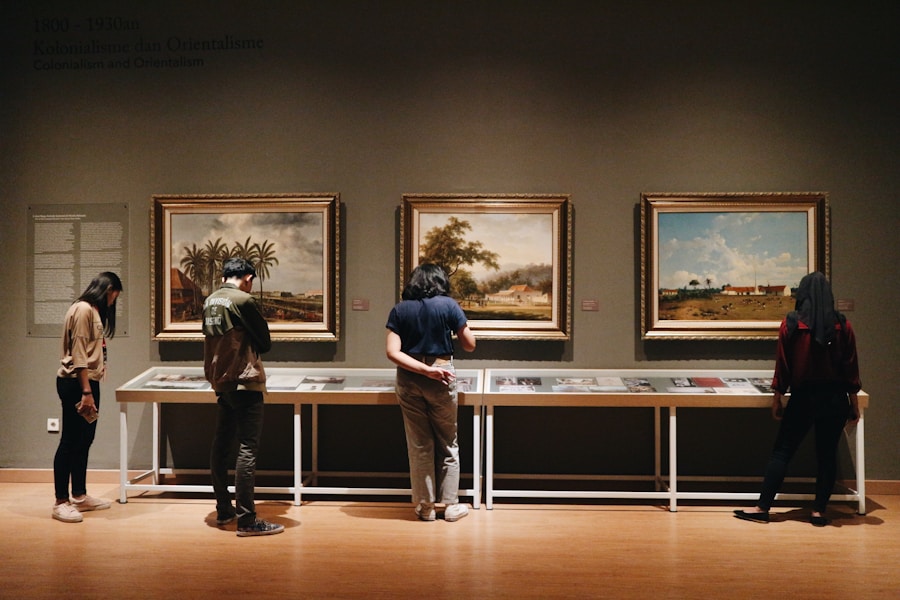





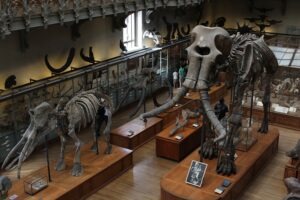
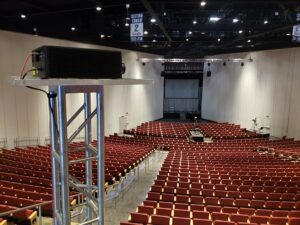



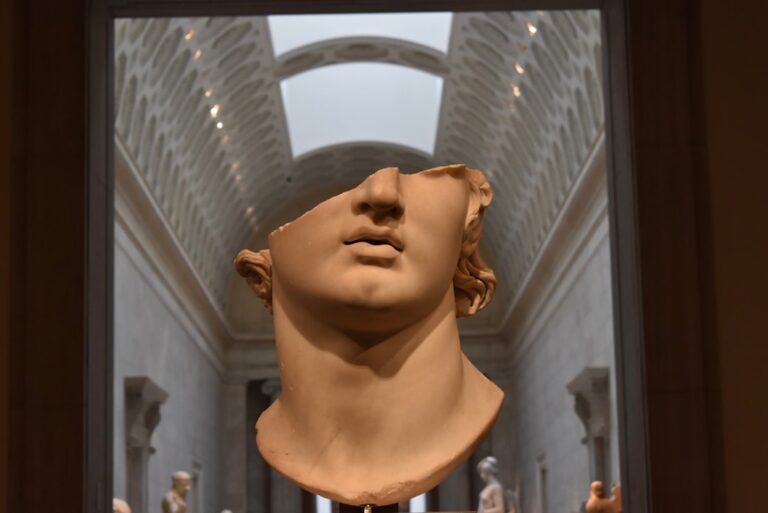
+ There are no comments
Add yours